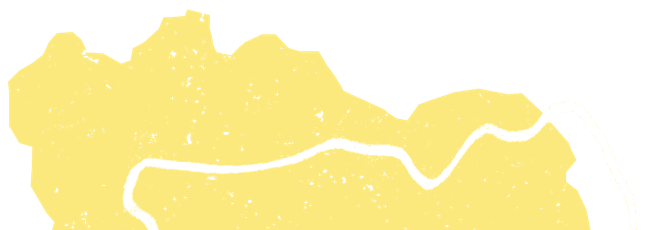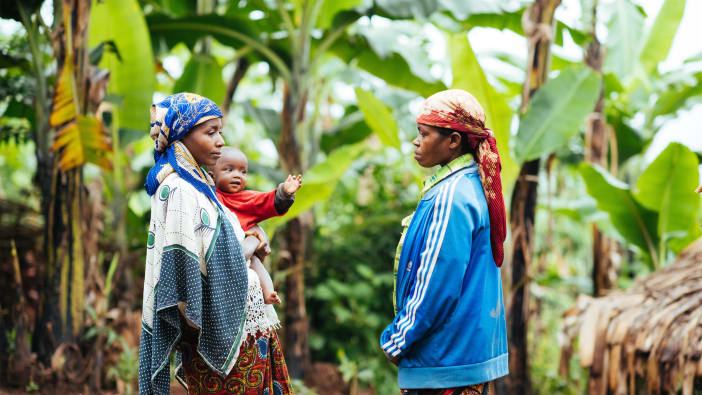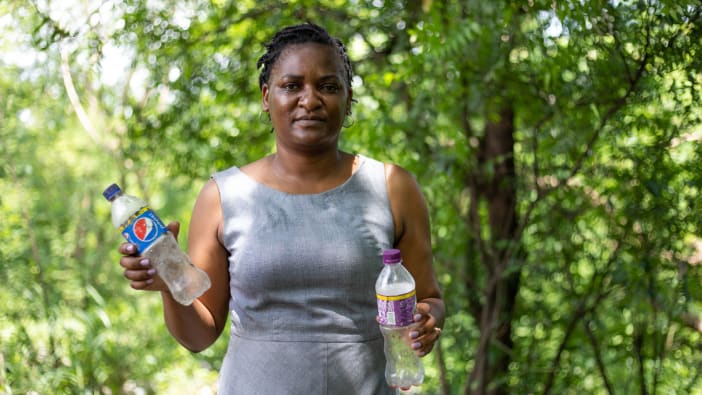This quick guide for Journey to Healing provides an overview of the key elements of the approach. It can be used by survivor champions, as well as implementers who are supporting the approach.
It is one of the three core resources, alongside A Shared Journey and Out of the Shadows.
Journey to Healing is Tearfund’s survivor-centred approach to support survivors and end sexual and gender based violence. It is a peer-to-peer support group model and creates a supportive environment for healing which acknowledges and respects survivors’ agency, autonomy and decision-making potential.
The approach creates safe spaces for survivors to speak out and overcome trauma: a journey from fear to courage, from self-doubt to confidence about their future. Primarily supporting female survivors, it can be adapted for use with male survivors, who may face additional stigma.









